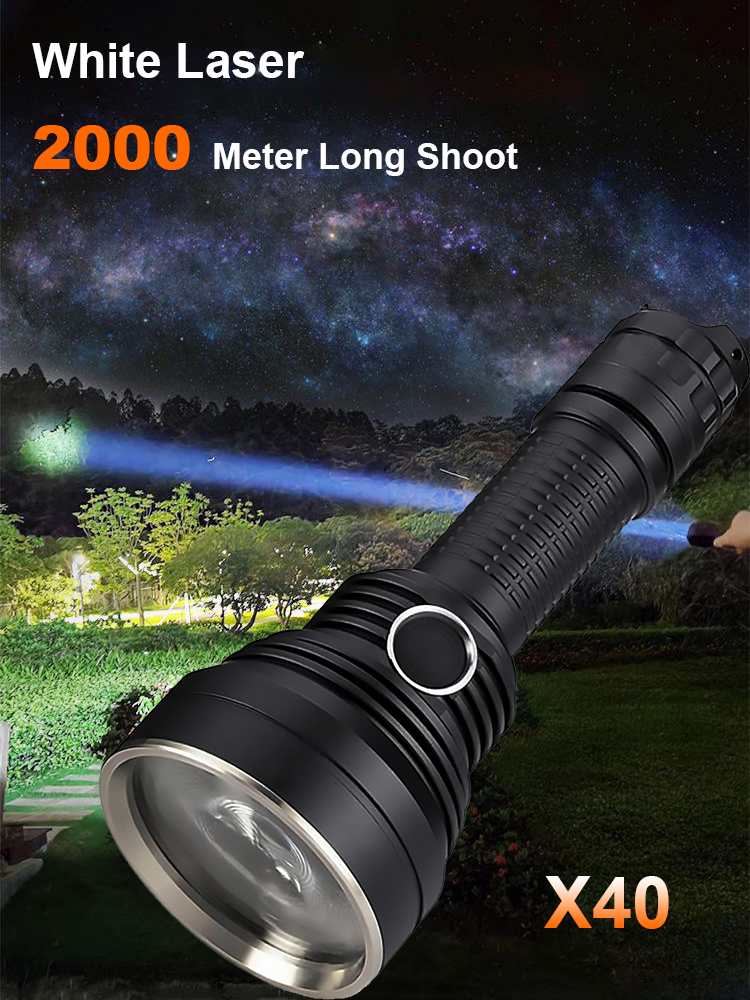LEP vs LED: Exploring the Differences Between Light-Emitting Polymer and Light-Emitting Diode

Introduction
Light-Emitting Polymer (LEP) and Light-Emitting Diode (LED) are two distinct technologies that have revolutionized the field of lighting and display. LEP utilizes organic polymers to emit light, while LED employs semiconductors for the same purpose. Understanding the differences between these two technologies is crucial for technology enthusiasts and electronics hobbyists.
In this blog post, we will delve into the working principles, applications, and advantages of both LEP and LED. By exploring their distinctions, we can gain a deeper appreciation for their unique capabilities and potential applications. So let's dive in and uncover the fascinating world of LEP and LED!
Working Principles
Light-Emitting Polymer (LEP)
Light-Emitting Polymers (LEPs) are a type of organic material that can emit light when an electric current is applied. LEPs consist of conjugated polymers, which are long chains of carbon-based molecules with alternating single and double bonds. These conjugated systems allow for the efficient movement of electrons within the polymer structure.
When a voltage is applied to an LEP, electrons from the highest occupied molecular orbital (HOMO) are excited to the lowest unoccupied molecular orbital (LUMO). As these excited electrons return to their ground state, they release energy in the form of photons, resulting in light emission. The color of the emitted light can be controlled by adjusting the chemical composition and structure of the polymer.
The role of electric current in LEP is crucial for the emission of light. When a current flows through the LEP material, it provides the necessary energy to excite electrons and induce light emission. By controlling the voltage and current, it is possible to regulate the intensity and brightness of the emitted light.
Light-Emitting Diode (LED)
Light-Emitting Diodes (LEDs) are semiconductor devices that emit light when an electric current passes through them. LEDs are typically made from a combination of different semiconductor materials, such as gallium arsenide (GaAs), gallium nitride (GaN), or indium gallium nitride (InGaN).
The working principle of an LED involves two types of charge carriers: electrons and electron holes. When a forward bias voltage is applied across the LED, electrons from the n-type region flow into the p-type region, while electron holes from the p-type region move into the n-type region. As these charge carriers recombine at the junction between these regions, they release energy in the form of photons.
The wavelength or color of the emitted light depends on the energy bandgap of the semiconductor material used in the LED. By selecting different materials, it is possible to produce LEDs that emit light across a wide range of colors, including red, green, blue, and even ultraviolet.
In summary, LEPs utilize organic polymers to emit light through electron excitation and recombination, while LEDs employ semiconductors and charge carrier recombination to achieve light emission. These distinct working principles contribute to their unique characteristics and applications in various industries.
Applications
LEP Applications
Light-Emitting Polymers (LEPs) have found numerous applications in various industries due to their unique properties. One of the key areas where LEPs are utilized is in flexible displays. The flexible nature of LEP materials allows for the creation of bendable and rollable displays, enabling innovative designs and form factors. These displays can be used in smartphones, tablets, wearables, and even curved televisions.
LEPs also offer exciting possibilities in lighting solutions. The ability to emit light over a large area makes LEPs suitable for ambient lighting applications. They can be integrated into architectural lighting fixtures, providing uniform illumination with customizable colors. Additionally, LEPs can be used in decorative lighting applications to create visually stunning effects.
Another promising area for LEP applications is in the field of biomedicine. LEP-based devices can be used for biomedical imaging and sensing purposes. For example, they can be incorporated into wearable sensors or medical diagnostic devices to monitor vital signs or detect specific biomarkers.
LED Applications
Light-Emitting Diodes (LEDs) have become ubiquitous in various industries due to their energy efficiency and versatility. One of the most common uses of LEDs is in lighting applications. LEDs are widely used as replacements for traditional incandescent and fluorescent bulbs due to their longer lifespan and lower energy consumption. They are employed in residential, commercial, and industrial settings for general lighting purposes.
LEDs are also extensively used in electronic displays such as televisions, computer monitors, and smartphones. Their compact size, high brightness levels, and ability to display a wide range of colors make them ideal for these applications. LED-backlit LCD screens have become the standard technology for modern displays.
In addition to general lighting and electronic displays, LEDs have found significant use in automotive lighting systems. They are employed as headlights, taillights, turn signals, brake lights, and interior lighting in vehicles. LEDs offer improved visibility, energy efficiency, and durability compared to traditional halogen or incandescent bulbs.
In summary, LEPs find applications in flexible displays, lighting solutions, and biomedical devices. On the other hand, LEDs are commonly used in lighting, electronic displays, and automotive lighting systems. Both technologies have revolutionized their respective industries and continue to drive innovation in the field of illumination and visual display.
Comparison of Features
Energy Efficiency
When it comes to energy efficiency, both Light-Emitting Polymers (LEPs) and Light-Emitting Diodes (LEDs) offer significant advantages over traditional lighting technologies. However, LEDs have a slight edge in terms of energy consumption. LEDs are known for their high efficiency in converting electricity into light, with very little wasted energy in the form of heat. On the other hand, LEPs can be slightly less efficient due to the nature of organic materials used in their construction.
Brightness and Color
In terms of brightness levels, LEDs generally outperform LEPs. LEDs can produce extremely bright light output, making them suitable for applications where high levels of illumination are required. LEPs, while capable of emitting sufficient light for many applications, may not reach the same brightness levels as LEDs.
Both LEPs and LEDs offer a wide range of colors. However, LEDs have an advantage in terms of color variety. By using different semiconductor materials or phosphors, LEDs can emit light across the visible spectrum and beyond. This versatility allows for the creation of vibrant displays and lighting solutions with precise control over color temperature.
Durability and Lifespan
When it comes to durability and lifespan, LEDs have a clear advantage over LEPs. LEDs are known for their robustness and longevity. They are highly resistant to shock, vibration, and temperature fluctuations, making them ideal for various environments. LED bulbs can last tens of thousands of hours before needing replacement.
On the other hand, LEPs may be more susceptible to degradation over time due to exposure to environmental factors such as moisture or oxygen. While advancements have been made in improving the durability of LEP materials, they may still have a shorter lifespan compared to LEDs.
Factors such as operating conditions, manufacturing quality, and proper thermal management can also affect the longevity of both LEPs and LEDs. It is important to consider these factors when selecting the appropriate technology for a specific application.
In summary, LEDs have an edge in terms of energy efficiency, brightness levels, color variety, durability, and lifespan. However, LEPs still offer unique advantages in certain applications such as flexible displays and biomedical devices. Understanding the differences in these features can help guide the selection of the most suitable technology for specific lighting or display requirements.
Conclusion
In conclusion, Light-Emitting Polymers (LEPs) and Light-Emitting Diodes (LEDs) are two distinct technologies with their own unique characteristics and applications. LEPs utilize organic polymers to emit light, while LEDs employ semiconductors for the same purpose.
LEDs have advantages in terms of energy efficiency, brightness levels, color variety, durability, and lifespan. They are widely used in lighting, electronic displays, and automotive lighting systems. On the other hand, LEPs find applications in flexible displays, lighting solutions, and biomedical devices.
Understanding the differences between LEP and LED is crucial for technology enthusiasts and electronics hobbyists. It allows them to make informed decisions when selecting the appropriate technology for specific lighting or display requirements. By harnessing the capabilities of LEPs and LEDs, we can continue to drive innovation in the field of illumination and visual display.
See Also
Tricks for Utilizing the CYANSKY HS6R Headlamp: Red Light for Camping, Hiking, and Hunting
The Essential Helius T1-B COB Side Light Flashlight
Top LED Light Colors for Repelling Insects
